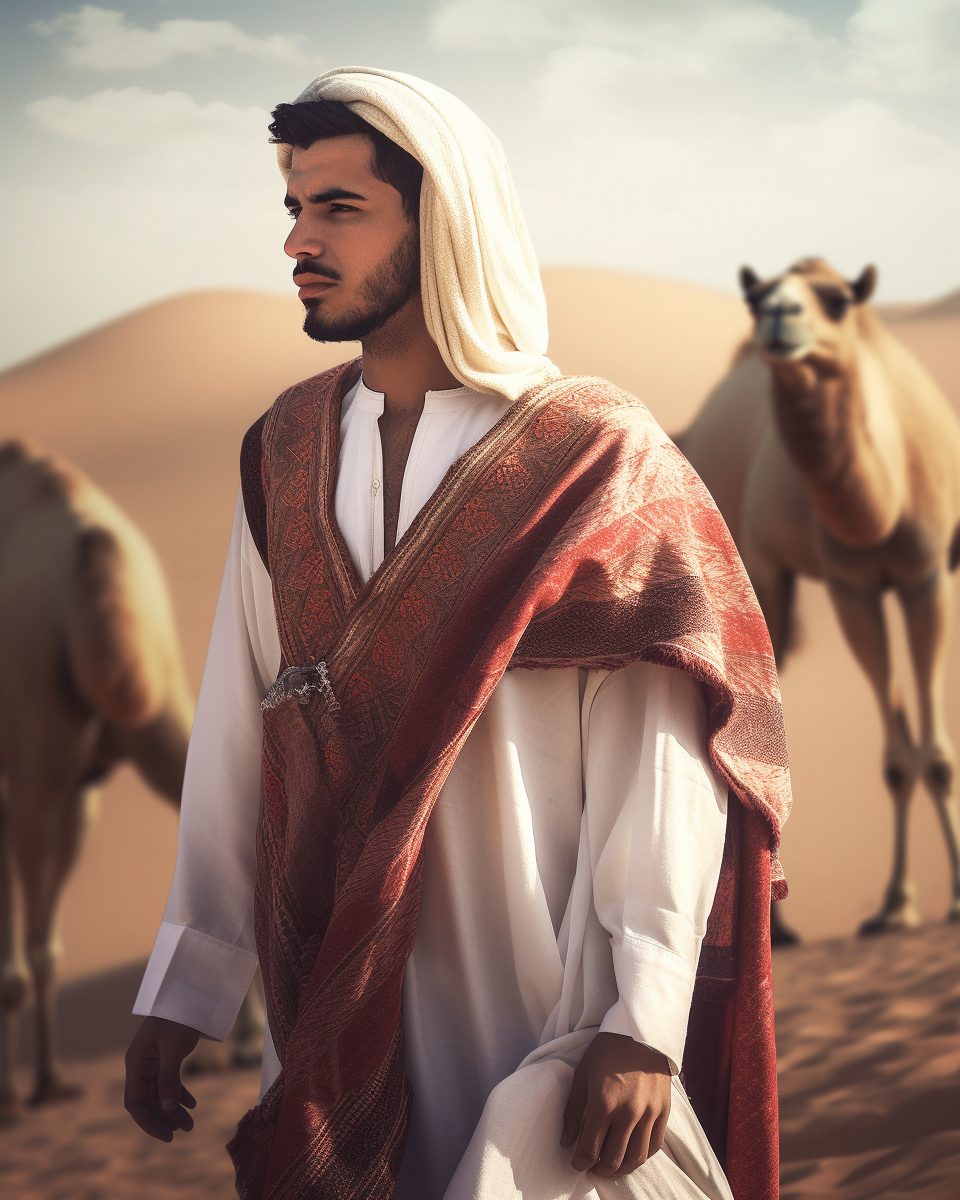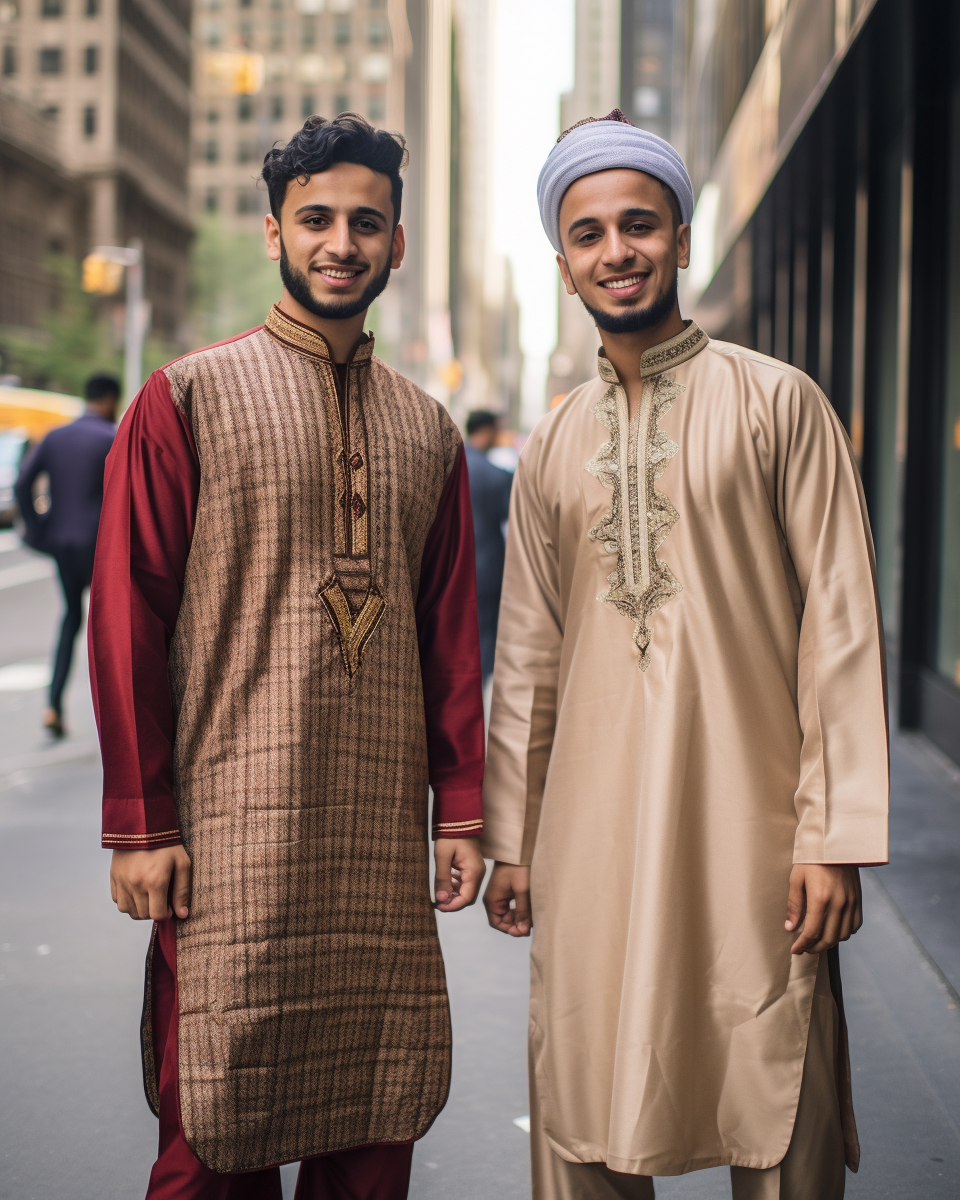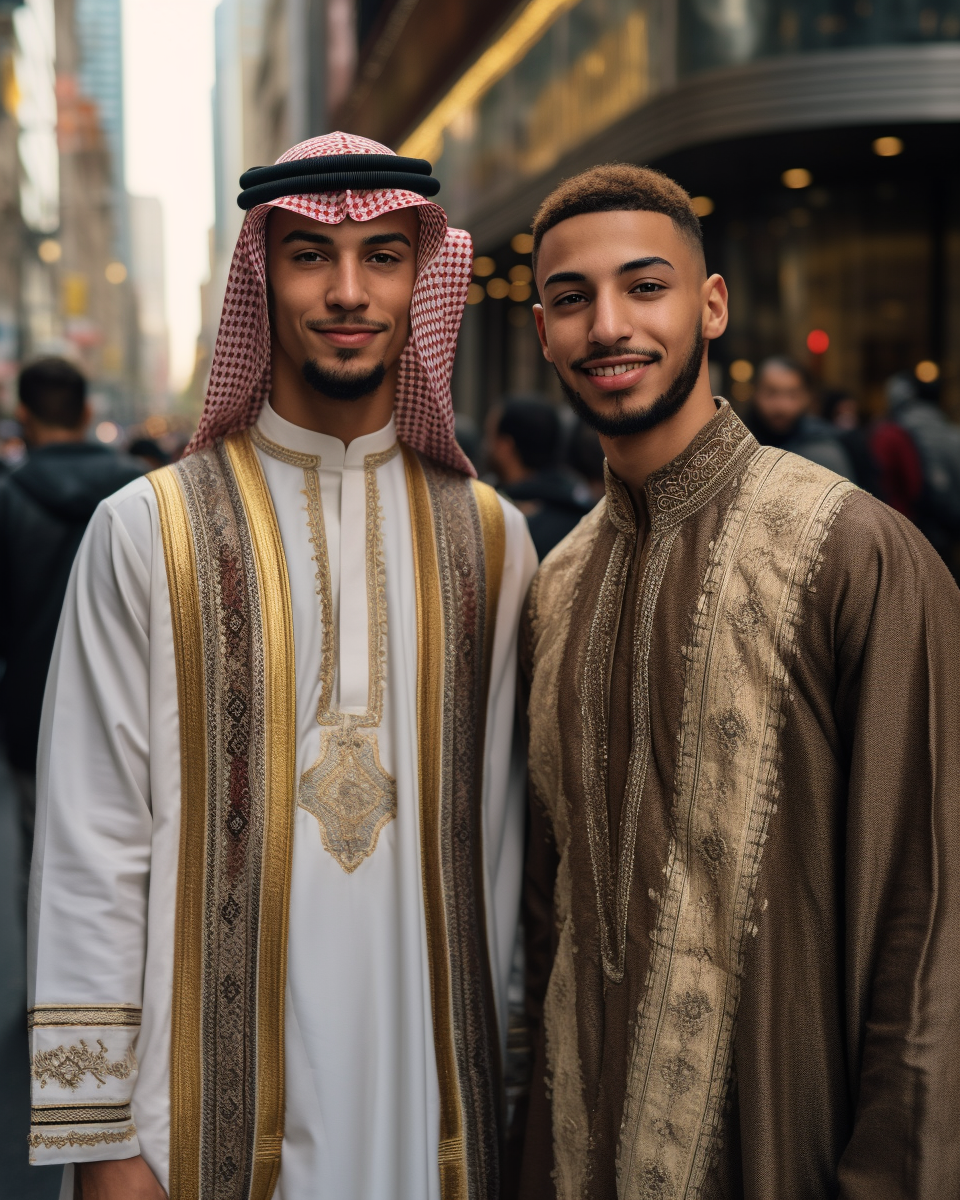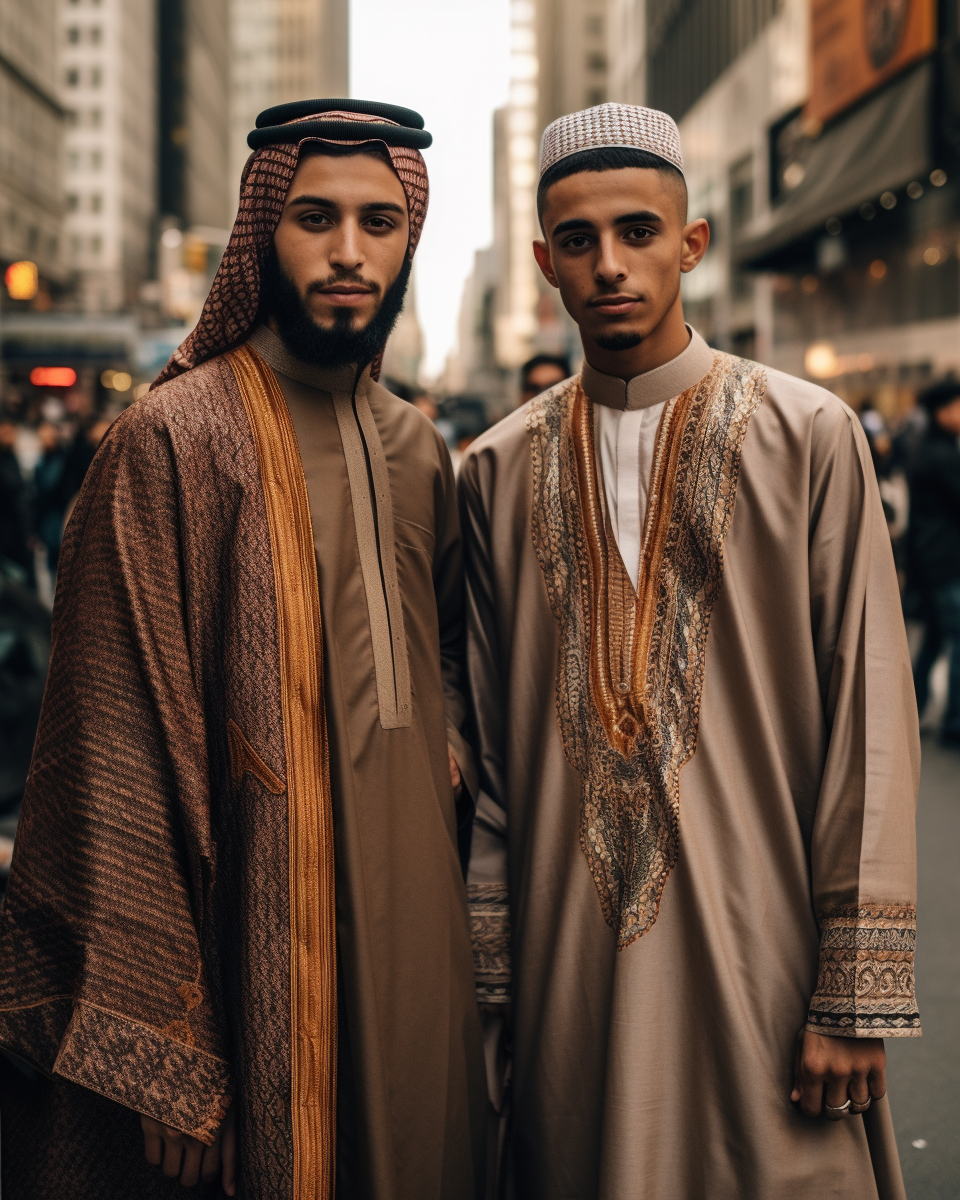Thobes, also known as dishdasha, kandura, or jalabiya in various regions, have long been a significant part of Middle Eastern culture. Rooted in tradition and history, these elegant garments have gracefully withstood the test of time and continue to be a symbol of Arab heritage and identity. But what is the story behind these iconic pieces of attire? Let's take a step back in time and discover the fascinating history of Thobes.
Origins of Thobes
The Thobe's origins are steeped in the ancient history of the Arabian Peninsula. The design of the Thobe is primarily utilitarian, born out of the necessity to withstand the harsh desert conditions. Made from breathable, light-colored fabrics, the Thobe was designed to provide protection from the intense heat and sand of the desert. The loose fit ensured ease of movement, making it an ideal attire for the nomadic Bedouin tribes.
Evolution Over Time
Over time, the simple and practical Thobe began to take on additional meanings and nuances. As trade routes expanded and new materials became accessible, the Thobe evolved from a basic necessity to a canvas for personal and regional expression. Different regions began to incorporate unique elements into their Thobes, which resulted in a variety of styles, cuts, and colors. Some areas preferred monochromatic, streamlined Thobes, while others embraced vibrant colors and intricate embroideries.
Thobes in the Modern Era
In the 20th century, Thobes underwent a significant transformation. As countries in the Middle East started to modernize and urbanize, the Thobe was influenced by Western styles and fabrics. Yet, it maintained its fundamental aesthetic and continued to be a reflection of Arab culture. Today, Thobes are worn in both casual and formal settings. They have been adapted into luxury fashion with the introduction of high-end fabrics, designer cuts, and stylish accessories. Despite these modern twists, Thobes still pay homage to their traditional roots.
Thobes: A Symbol of Cultural Pride
Thobes today are more than just a garment; they are a proud emblem of cultural heritage and national identity. The Thobe signifies unity and equality, as it is worn by men across different social and economic strata. During national celebrations or significant events, men wear Thobes to demonstrate patriotism and cultural pride.
Conclusion
From the arid deserts of the Arabian Peninsula to the bustling modern cities, Thobes have journeyed through time, weaving a tale of tradition, identity, and evolution. They encapsulate the richness of Arab culture, while their adaptability to changing times reflects the dynamic nature of this culture. Despite the influence of global fashion trends, Thobes remain a timeless classic, treasured for their elegance, comfort, and the rich history they represent.
At LuxeThobes, we're proud to be part of this ongoing legacy, crafting Thobes that are not just garments but a celebration of this rich cultural heritage. We invite you to be a part of this history and make it your own with our diverse range of Thobes.





